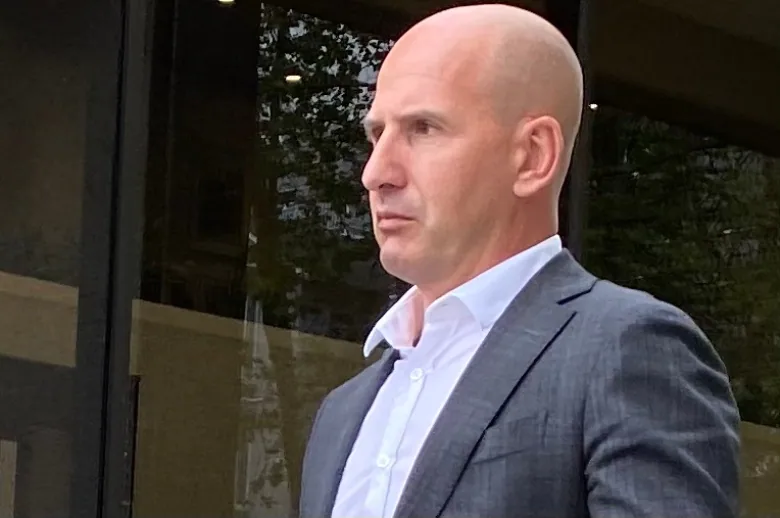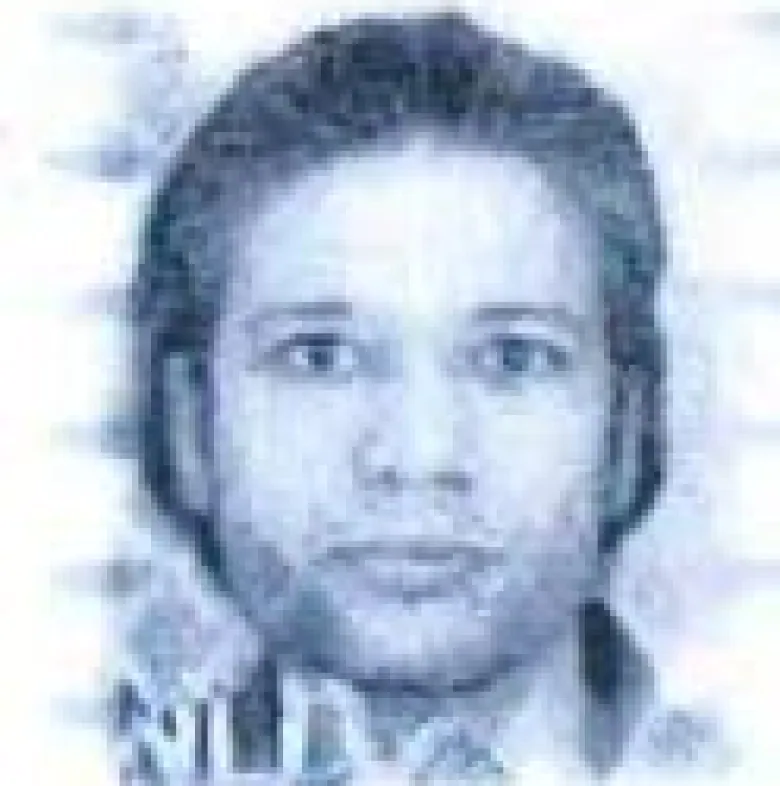A Dutch police officer testified Monday about leading a team of investigators who mounted a covert operation to install microphones and video cameras in a residence linked to the man accused of sextorting Amanda Todd.
Chief Insp. Joerie van Schiandel said he and three other officers entered the rural holiday bungalow in December 2013, a month before Aydin Coban’s arrest, taking care to ensure no one was home when they walked through the front door.
He said they installed microphones and cameras and made copies of the contents of computers and hard drives over the course of two days — all under the scrutiny of a judge, who watched them make their way through the residence via a secure video and audio link.
In dramatic testimony, van Schiandel — who now leads the Dutch national police force’s digital intrusion team — said he was also part of the surveillance team that kept tabs on Coban from a nearby location over the next month.
He returned with two of his officers to the bungalow on Jan. 13, 2014 to arrest the suspect.
‘We went through the front door’
Crown prosecutors say police in the Netherlands were crucial in linking Coban to an array of social media accounts used to harass Amanda Todd, who died by suicide at the age of 15.
The 44-year-old has pleaded not guilty to five criminal charges, including extortion, possession of child pornography and child luring. He is not charged with Todd’s death.
Van Schiandel was one of three Dutch investigators to testify Monday.
He described the arrest in detail, saying he and two plainclothes colleagues had planned to handcuff Coban as he sat behind the screen of his computer in one of the bungalow’s two bedrooms.
But things didn’t work out exactly as they hoped.
“It was a silent entry. We went through the front door,” van Schiandel said.

The officer said Coban emerged from the bedroom to go to the bathroom as police stood in the hallway.
“There was a mirror in the hallway. Through the mirror you could see him coming, and he could probably also see from his point of view the police officers standing in the living room,” van Schiandel said.
Van Schiandel said the arrest started in the hallway, but moved into another bedroom as his men struggled to control Coban. The officer said the suspect cut his right eye on a radiator before he was handcuffed.
Once they had Coban under control, van Schiandel said the men blindfolded him and stuck headphones over his ears so that he could not see the police officers removing the microphones and video cameras that had been hidden in the home.
A prosecutor asked van Schiandel if he could identify the man he had arrested.
He turned to his left and looked directly at the prisoner’s box before pointing at Coban.
Face-to-face with accused
Earlier Monday, Insp. Sjaak Meerveld described Coban’s appearance as they sat opposite each other during 10 hours of interviews conducted in January 2014 after the arrest.
Meerveld said he was a tactical investigator with the child exploitation team when he met Coban at a “complex for arrested persons” in the province of Utrecht.

He said he and another officer sat across a table from Coban, who was given a transcript of their conversation at the end of every meeting.
“Mr. Coban had light-coloured skin, long straight hair, black with a little bit of grey,” Meerveld said.
“I have seen him both with a light beard and a little bit of stubble, but also clean shaven.”
Coban is now clean shaven, with grey hair slicked back to a point just above the open-necked collar of the untucked, dark coloured shirts he wears each day.
The Crown prosecutor who questioned Meerveld did not ask the officer what they talked about during the interviews.
Meerveld also identified Coban from a passport photograph entered into the trial as an exhibit during testimony from earlier witnesses.
Two women testified last week about their separate attempts to rent an apartment in Rotterdam from a man they knew as “Jay” who provided them with rental contracts that included a passport page containing the photograph of the man Meerveld recognized as Coban.
Extorted into so-called ‘sex-shows’
Crown prosecutors claim Coban began communicating with Amanda Todd in 2009 after coming into possession of images of her exposing her breasts and sticking her hand in her underwear.
During the next three years — when Todd was between the ages of 12 and 15 years old — the prosecution says Coban hid behind 22 fake social media identities to extort Todd into performing so-called “sex shows” in exchange for promises not to share graphic images of her with family, friends and classmates.

Amanda Todd’s name has been closely linked with the impacts of cyberbullying ever since a video discovered after her death in October 2012 went viral.
Dutch police witnesses have testified both in person and through a video link from the Netherlands about the two separate searches of the bungalow linked to Coban — both the covert operation mounted by van Schiandel and his colleagues in December 2013 and the search that culminated in his arrest a month later.
Van Schiandel testified that he was involved in a surveillance operation mounted from a nearby bungalow used by Dutch police in the weeks between the first secret search and Coban’s arrest.
He said he returned three or four times for three to four hours at a time, and observed only “the defendant, Aydin Coban” going in and out of the residence.
In cross-examination, Coban’s lawyers asked one of his friends last week about the accused’s attempts to drum up work as a computer repair person, suggesting it was not unusual for him to be in possession of multiple digital devices.
Prosecutors claim Coban was using a neighbour’s Wi-Fi to go online, introducing evidence that suggested a router in a nearby home had been accessed by other computers.
Van Schiandel gave evidence about discovering a cable in the home linked to Coban, which he said led from a computer tower to an antenna.
Coban’s lawyers have repeatedly questioned whether the trees surrounding the bungalow would have make it difficult to access a Wi-Fi router outside the brick walls of the residence.
The trial is expected to last seven weeks.
Reference-www.cbc.ca